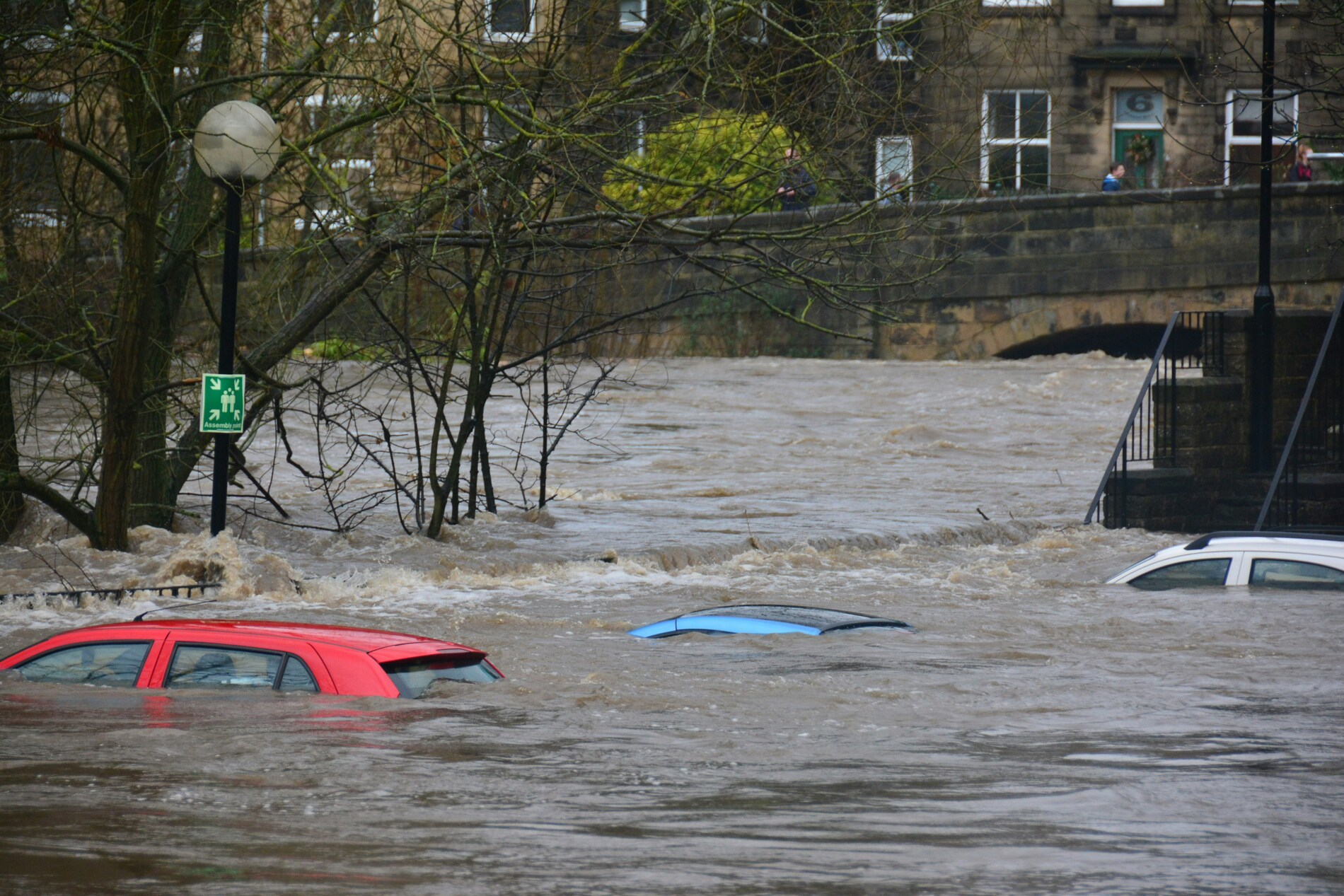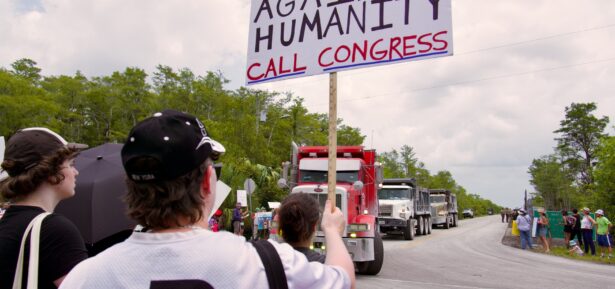
Credit: Unsplash
Texas is In Trouble
Over the Fourth of July weekend, Central Texas was hit by catastrophic flash floods that caught locals by surprise. Torrential downpours dumped as much as 20 inches of rain in some areas, causing the Guadalupe River to surge more than 25 feet within an hour. The result was terrifyingly fast and devastating: more than 100 lives lost and around 160 people still missing.
According to rescue officials, Kerr County and areas near the Guadalupe River, like Hunt and Camp Mystic, were among the hardest-hit places. A wall of water swept through in the early hours of July 4th, overwhelming summer camps, RV parks, and rural communities. The National Weather Service had issued watches predicting 1 to 3 inches of rain, and even warned of isolated, heavier storms—but the reality was far beyond that. Forecasting models had shown a risk of extreme rainfall, but those warnings didn’t make it to the public until after the flooding began.
Search and rescue efforts have been massive and multi-layered. Helicopters, horseback patrols, airboats, and volunteer teams from across Texas and Mexico have been deployed to find survivors and recover victims. More than 500 people were rescued, including over 165 from Camp Mystic. But the scale of the devastation remains overwhelming—homes, bridges, campgrounds, roads, and farms were swept away or buried in debris.
County officials are now pointing fingers at outdated emergency alert systems and understaffed weather services. Though warnings were issued, they weren’t strong enough or timely enough to prompt evacuations. Kerr County still doesn’t have a flood siren network despite knowing its vulnerability. Meanwhile, some blame state and federal budget cuts for weakening forecasting capabilities.
The human toll is heartbreaking. Entire families were lost together. Camp counselors and children were among the victims at Camp Mystic, including a camp director who died while helping evacuees. Even well-known local singer Pat Green lost family members in the disaster. Farmers watched livestock drown and crops wash away as floodwaters destroyed large swathes of rural land.
Waterways remain dangerous and untrustworthy. Major rivers like the Comal are still off-limits. Local parks are shut down, roads remain damaged, and thousands have no power or clean water.
Despite it all, communities have rallied. Federal and state disaster declarations have unlocked aid, and volunteer groups are stepping up with food, shelter, search teams, and cleanup help. Neighboring states are sending support and emergency units.
The leadership is promising investigations into warning systems, and rebuilding efforts are underway. But many are asking why this couldn’t have been prevented or better prepared for. In this region known as “Flash Flood Alley,” sudden flood risks are well understood. After years of drought, the parched soil couldn’t absorb a sudden deluge, and the Hill Country’s geography funneled stormwater dangerously fast.
Why You Should Care
Texas isn’t the only place at risk. As climate change continues to intensify weather extremes, communities everywhere may face sudden disasters like this. This flood is a wake-up call for better early-warning systems, smart local planning, and investment in weather infrastructure. What happened here could happen elsewhere unless we pay attention.
-
Credit: Envato Elements The Birth Rate Dropping in the U.S. is Concerning People…Except Women The nation’s birth rate is...
-
Credit: Shutterstock Federal law enforcement officers were out in force late Sunday night as the nation’s capital prepared for...
-
Credit: Shutterstock Trump’s Third Term Talk: Bluff or Constitutional Crisis? Donald Trump says he’s “probably not” running for a...
-
Credit: Shutterstock President Donald Trump is raising the stakes in his ongoing effort to rein in violent crime in...
-
Credit: Shutterstock For years, the Epstein case has been treated like a wildfire that everyone keeps pretending is just...
-
Credit: Shutterstock They really expect us to believe there’s no list. After years of whispers, leaked flight logs, contact...
-
Credit: Envato Elements How Do You Know If You Are Eligible? Some Americans just got a $1,703 check in...
-
Credit: Shutterstock It was supposed to be a night under the stars for Coldplay fans. But for Astronomer CEO...
-
Credit: Envato Elements Avoid These Tourist Spots = Too Crowded! It’s wild how quickly a beautiful, peaceful spot...
-
Credit: Unsplash The Real Situation in Texas Right Now Over the July Fourth weekend, a sudden and violent surge...
-
How Exactly Is This Bill Making America Great Again? President Trump is pushing hard for his latest budget bill,...
-
Credit: Envato Elements Victims’ families call out prosecutors over rushed plea deal for Idaho murder suspect Bryan Kohberger In...




















